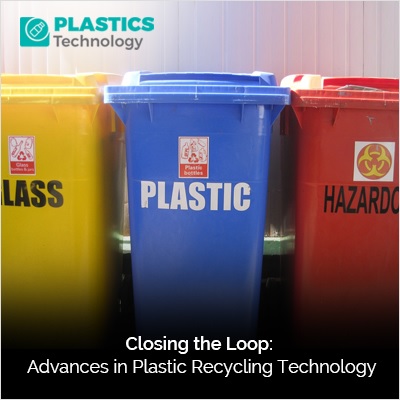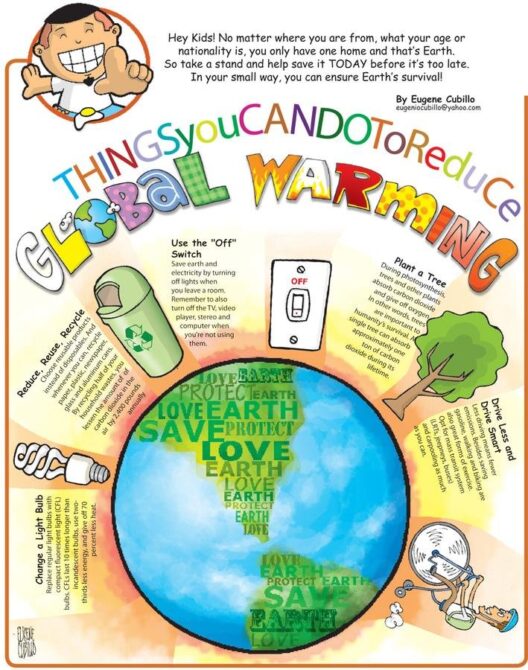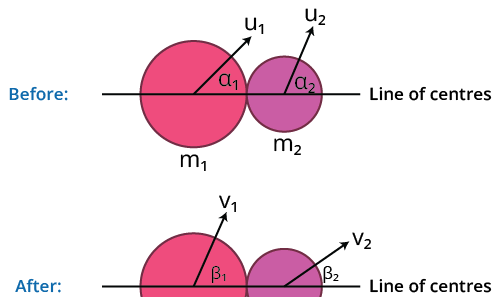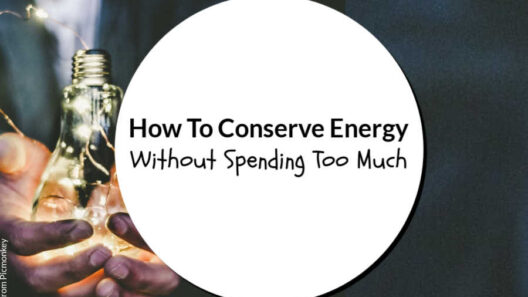In the relentless pursuit of sustainability, the importance of recycling plastic has never been more pronounced. As humanity grapples with the myriad impacts of climate change, it becomes imperative to explore the ways in which recycling plastic conserves energy. Understanding this relationship is critical to fostering a cleaner planet and mitigating the adverse effects of our consumer-driven society.
Plastic, a versatile material pioneered during the early 20th century, has transformed industries but has also led to a burgeoning waste crisis. The life cycle of plastic encompasses extraction, manufacturing, utilization, and eventual disposal. Each phase of its lifecycle is energy-intensive. However, by embracing recycling, we can significantly decrease the energy demands associated with new plastic production.
To comprehend the energy conservation associated with plastic recycling, it is essential to first delineate the conventional process of plastic production. The production of new plastics primarily involves the extraction of fossil fuels, such as natural gas and petroleum. This extraction process not only depletes finite resources but also necessitates substantial energy expenditure due to the extraction, transportation, and refining processes.
Following extraction, the manufacturing of plastic necessitates further energy inputs. Natural gas, specifically, is refined and polymerized into various forms of plastic, a process that can consume vast quantities of energy. This entire chain underscores the environmental and energetic toll of producing plastic from virgin materials. In contrast, recycling plastic drastically alters this narrative.
Upon recycling, plastic undergoes a transformation that significantly reduces energy consumption, utilizing existing materials rather than necessitating new resource extraction. The recycling process involves collecting, sorting, cleaning, shredding, and then melting down plastic waste. This streamlined methodology is less energy-intensive compared to the holistic journey of producing new plastic. In fact, studies have shown that recycling plastic can conserve up to 66% of the energy typically required to produce plastic from its virgin sources.
Moreover, recycling not only diminishes energy expenditure but also curtails greenhouse gas emissions. Each ton of plastic produced from recycled materials can save approximately 1.3 metric tons of carbon dioxide emissions. This aspect is particularly salient in the context of climate change mitigation, illustrating how recycling can serve as a formidable tool in our collective efforts to combat rising global temperatures.
Recycling plastic creates a ‘closed loop’ system that holds considerable promise for sustainable development. In this paradigm, post-consumer plastic products are reincarnated into new items, thus prolonging their lifecycle while diminishing the overall environmental footprint. This concept resonates with the tenets of circular economy, wherein products and materials are perpetually cycled back into the economy, minimizing waste and maximizing resource efficiency.
Different types of plastics—such as PET, HDPE, PVC, LDPE, PP, and PS—each have their unique recycling processes and energy conservation potential. For instance, polyethylene terephthalate (PET), commonly found in beverage bottles, is one of the most widely recycled plastics. Its recycling often requires just a fraction of the energy needed to create it anew, highlighting the variability of energy conservation across plastics.
An important challenge arises in the recycling of composite plastics, which are made of multiple materials that can complicate recycling efforts. Such complexity can lead to higher energy costs during the recycling process. Therefore, ongoing innovation in recycling technology and methodologies is essential for optimizing energy savings in a broader array of plastic types.
Technological advancements have sought to address these complexities. For example, chemical recycling methods breaking down plastics into their fundamental monomers for reuse have emerged, showcasing the potential for greater energy efficiency. These innovations symbolize the future of the recycling landscape, emphasizing ongoing research and development as pivotal for enhancing energy conservation.
Moreover, educating consumers plays a critical role in this energy conservation narrative. Public awareness campaigns highlighting the importance of recycling can lead to increased participation in recycling programs. By fostering a culture of recycling, individuals can contribute to significant energy conservation and environmental sustainability.
Communities around the globe have initiated successful recycling programs that illustrate the potential of collaborative efforts in energy conservation. Local governments, NGOs, and grassroots organizations can work together to establish efficient recycling systems that promote circular economies. Effective community engagement can increase recycling rates, thereby amplifying the environmental benefits associated with energy savings.
In conclusion, recycling plastic represents a pivotal strategy in conserving energy and spearheading the transition towards a more sustainable future. By embracing recycling, we not only divert waste from landfills but also significantly curtail our reliance on fossil fuels and reduce greenhouse gas emissions. The advances in plastic recycling technology, coupled with active consumer participation and community engagement, present a multifaceted approach to closing the loop on plastic waste. This path forward not only champions the conservation of energy but also embodies a collective responsibility towards nurturing a cleaner Earth for generations to come.








